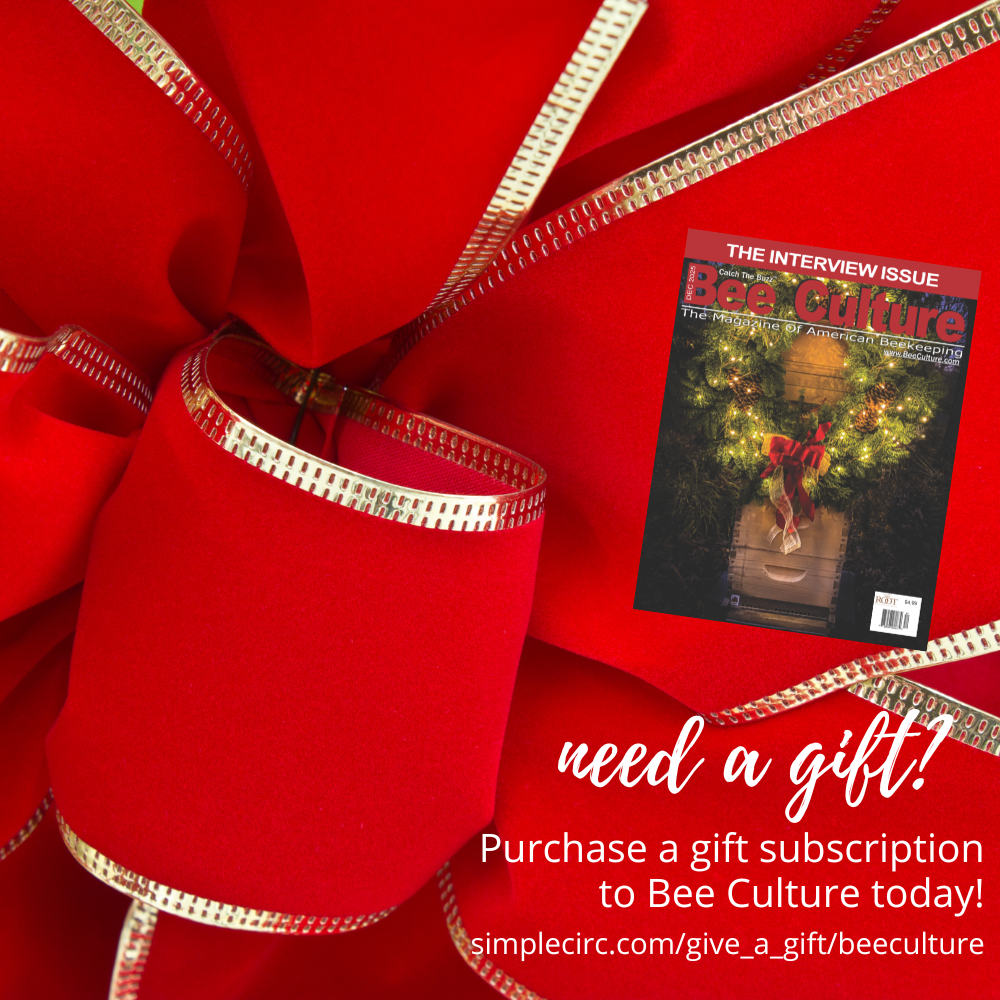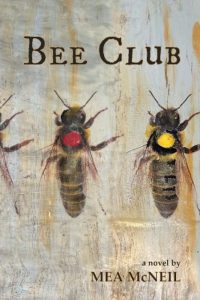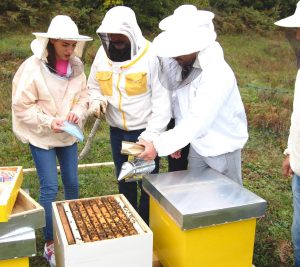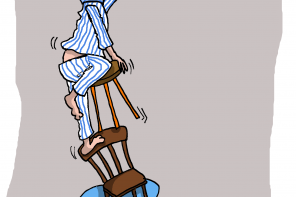by Ed Colby
The friendly UPS associate in Indonesia solemnly informed me, “I have launched an investigation into the disappearance of your queen bees! You will hear back within eight business days!”
The top of my head came right off. “Eight days!” I shouted into the phone. “My honey bees will be dead by then!” I shouldn’t have come unglued like that. It wasn’t her fault. It was mine, for agreeing to overnight shipment late in the week, with no weekend delivery to back up a delay, which you should always expect.
The little darlings arrived in Glenwood Springs, Colorado on Monday, where I picked them up. They’d spent the weekend in Ontario, California, reason unknown. They looked fine, but I never got to use them.
That same weekend I learned that Aunt Gert passed away at nearly 100 in Montana, the last of her generation. This did not occur at a convenient time for me. Still, I had to go. But as Paul pointed out in a phone conversation, “If you have to go to a funeral, Montana’s not a bad place.”
Indeed. That place of all places remains pregnant with childhood memories. And I’m related to most people in the Treasure State.
Well, what about those queens that finally arrived? I already owed Paul either money or queens for queens he gave to me earlier in the spring, so I gave him this latest batch and never saw them again.
Before we left for Montana, I had to make a whirlwind trip over the Continental Divide to meet with my Bee Culture editor Kim, at Tom Theobald’s house in Niwot, Colorado. I lost fourth gear in my ’91 Saab 900S coming down off Vail Pass. I learned to shift from third gear straight to fifth, before I got lost in Boulder. I still made it to Niwot in time for a late breakfast, although by that time Tom and Kim were famished, and wondering.
Kim asked what my Varroa mite treatment threshold for a 300-bee sugar shake sample was, and I said, “Well, in February, it would be one mite.” Mites double their numbers every month, at least, so that would be 32 mites in July. That’s way too many!
Kim replied that he knew a guy who treated his bees any time of the year that they had one mite per sample, allowing that that guy didn’t produce honey. (So he didn’t have to worry about contaminating it with acaricides.)
I think that’s going a little overboard. We have to accept that we live with mites. We need to be responsible guardians of honey bees, but we also need to let it go and sleep at night, too. Constantly dealing with Varroa is simply a normal part of modern beekeeping. We’re not going to eradicate them.
If you’ve been at this game for awhile, you remember when American Foulbrood (AFB) was the beekeeper’s curse. I had six AFB cases in my hundred-odd colonies last year. I treated with the antibiotic tylosin, with the intention of shaking these bees onto new foundation this Spring. My AFB symptoms cleared right up, but these colonies dwindled through the Fall, and I kept combining them, until finally I had only one. In April, I opened that hive to requeen. I saw seven frames of bees, with the bees split into one cluster of three frames and one of four, with an empty frame or two between. Sure enough, two queens, two colonies, living under the same roof, using the same entrance. Those AFB-tolerant queens got dispatched to a better place, the two colonies now united under a new, hopefully more disease-resistant queen.
I used flax oil to introduce some of my queens this year. I got this idea some years back when Michael Breed from the University of Colorado gave a talk to the Colorado beekeepers. But I never tried it until now. Flax oil contains many of the same fatty acids found in beeswax. I put a paper towel with a little flax oil on it into a queen box full of queens and attendants, in hopes that the queens might stink like flax when I put them into their waiting hives. Ditto for the hives themselves. So all the bees now stink like flax, and the new queen smells like an old friend, not a new foe. I left the flax oil in the queen box for several days prior to queen introduction into the hives. I put the oil into the hives when I removed the old queens or made my splits or nucs, i.e. 24 hours before new queen introduction. I released these queens the easy way – by allowing the bees to eat through the queen cages’ candy plugs to release Her Royal Highnesses. The results: ten of 12 queens accepted, about what I’d expect without using the flax. I was looking for something more dramatic – say, 100 percent acceptance.
You can eat flax oil and probably should. You’ll find it at your local health food store. It contains the omega-3 oils that help to keep down your cholesterol. It startled me to learn that flax oil is also called linseed oil, the stuff you use to stain redwood decks, and which I always assumed would kill you if you drank it. I told my gal Marilyn, “Why don’t you stain the deck, and if you get hungry, you can nip on the linseed oil.” She found this hilarious. We’re easily entertained here at Colby Farm.
I probably won’t bother using my bottle of flax oil again for introducing queens. I’ll eat it, instead. My cholesterol’s a little high.










